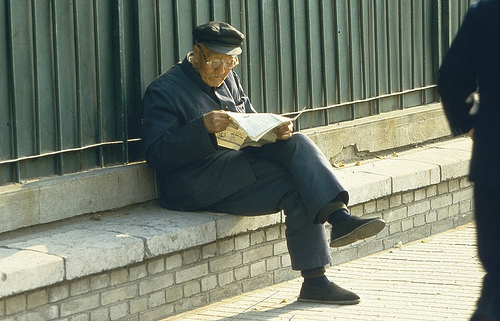Is bike-share equitable? Here are my comments on a now-deleted exchange between Adonia Lugo and Michael Andersen on Dr. Lugo’s Urban Adonia blog:
Bike share, as David Hembrow suggests (more details in posts on his earlier blogspot-hosted blog), is by nature expensive, because of the overhead involved with any kind of large-scale program, and limited in its powers to increase mode share of bicycles, because there just aren’t as many bikes in the bike share program as there are in garages and basements.
Andersen suggests in his comments that the low cost to the end user makes the program appealing for low-income people. He thus elides Lugo’s chief criticism, which is that the total program budget should be the point of consideration, not the individual user’s portion, as that aggregate figure could as well fund several other kinds of bicycling initiatives, such as supporting bike shops, teaching kids repair skills, or giving away bikes on long-term arrangements.
I suggest that Andersen is focusing on the wrong side of the equation. Just because something is cheap doesn’t make it a good value for people with limited funds. Bike share programs’ costs to user are not what makes them inequitable, it’s that they are limited to the coverage area, limited to a single user, and limited by the length of the subscription. The program does not build any bicycling capacity; at the end of the subscription term, or at the outer limit of the coverage area, the share-program bicycle turns back into a pumpkin.
Lugo however is concerned with systems that operate in the public interest, and even though certain systems operate without city financial support, those systems do receive benefits from the city such as space to set up docking stations and wayfinding signs, regulation and competition-limiting support from the authorities, and participation of public officials in ribbon-cutting or press-release issuing.
As an advocate for bicycling myself, it troubles me to see other advocates cheering for programs like these, or at least not confronting the programs’ biases in the direct fashion of Dr. Lugo. I confess that I have no idea of the current mission of our local New York City bicycle advocacy group, Transportation Alternatives, whose leader, Paul Steely White, was recently in Portland plugging New York’s Vision Zero safety campaign. I would like bicycle advocates to be plugging for getting more people on bicycles.

